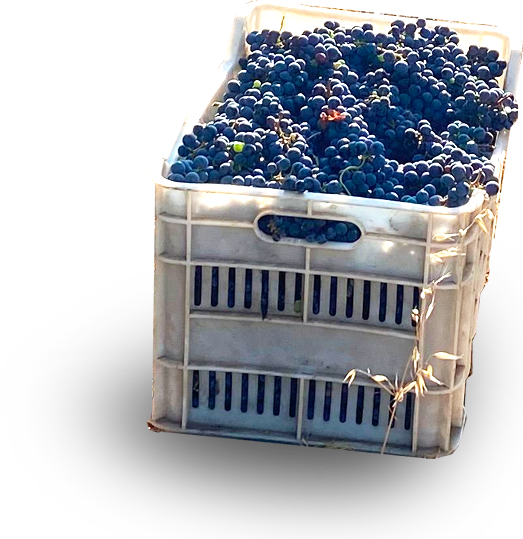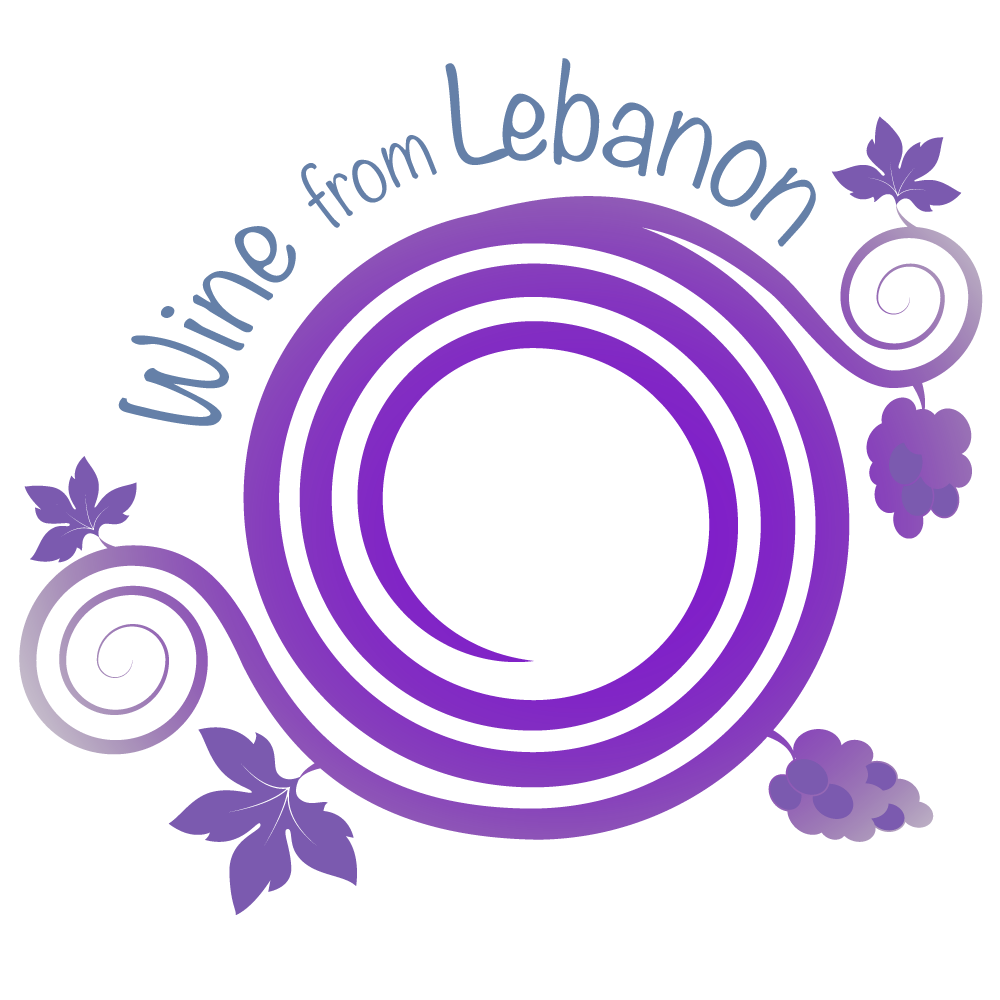This is a story of tradition. Innovation. And survival. A story kept secret for far too long. Until now. Today, there are more than 84 wineries in Lebanon—in the land of the cedars where the sun shines more than 300 days a year. And where altitude, protection from mountains, and breezes from the Mediterranean Sea provide one of the best wine growing regions in the world. But not so fast. Wine from Lebanon wasn’t born yesterday. Let’s start at the beginning, shall we?
Turning Water Into Wine
For history buffs the tale of Jesus turning water into wine at a wedding in the land of Cana is well known. But spoiler alert Lebanon was part of the biblical land of Cana. And that’s where this tale begins. 7,000 years ago, when the Lebanese people’s ancestors—the seafaring Phoenicians, domesticated grapes.

Turning Water Into Wine
For history buffs the tale of Jesus turning water into wine at a wedding in the land of Cana is well known. But spoiler alert Lebanon was part of the biblical land of Cana. And that’s where this tale begins. 7,000 years ago, when the Lebanese people’s ancestors—the seafaring Phoenicians, domesticated grapes.
From the Beginning
The term wine is derived from a Phoenician word describing the fermentation of grapes. While the Phoenicians may not have invented wine, they perfected viticulture and spread it throughout the Mediterranean between 2700 B.C. and 300 B.C.
From the Beginning
The term wine is derived from a Phoenician word describing the fermentation of grapes. While the Phoenicians may not have invented wine, they perfected viticulture and spread it throughout the Mediterranean between 2700 B.C. and 300 B.C.
From the Beginning
The term wine is derived from a Phoenician word describing the fermentation of grapes. While the Phoenicians may not have invented wine, they perfected viticulture and spread it throughout the Mediterranean between 2700 B.C. and 300 B.C.

The Phoenicians
Two Phoenician ships dating back to 750 BC were found intact by Robert Ballard, who discovered the Titanic. On board, and still intact, was a cargo of wine. Protected from oxidation with a layer of olive oil and then a seal of pine and resin. Wine was an important trading item, but evidence of winemaking had been scant until the recent discovery of a 2,600-year-old winepress unearthed at Tell el-Burak, about five miles south of the Lebanese coastal city of Sidon.
The Phoenicians
Two Phoenician ships dating back to 750 BC were found intact by Robert Ballard, who discovered the Titanic. On board, and still intact, was a cargo of wine. Protected from oxidation with a layer of olive oil and then a seal of pine and resin. Wine was an important trading item, but evidence of winemaking had been scant until the recent discovery of a 2,600-year-old winepress unearthed at Tell el-Burak, about five miles south of the Lebanese coastal city of Sidon.
Bekaa Valley
In the city of Baalbek, in the Bekaa Valley, home of the country’s modern wine making industry, an astonishingly intact second-century temple to Bacchus, Roman god of wine, also holds a dramatic mirror to wine’s cultural significance in this part of the world.
The first vineyard was planted in the Bekaa Valley in 1857, with plants brought from France via the colonies in Algeria. Unfortunately, wine consumption was for religious ceremonies only. It wasn’t until the French took control of the country after WW1 that Bekaa Valley wine production began to expand.
Unique
Lebanon enjoys a vast variety of wine production that is unique both in taste and culture crafted from unique grape varieties known as Obeideh and Merwah. We invite you to open a bottle of history. To sip the love, the passion passed from grandmother to son; from winemaker to community.

About NAWSI
North American Wine & Spirits Imports, founded by Sam Jaoude and Constance McDerby, is pleased to introduce these unique grape varieties and winemakers to Texas and their shared love of wine. Discover an extensive, expertly curated collection of unique, award-winning varietals from Lebanon’s vineyards—vineyards with deep roots in one of the world’s oldest, most geographically-ideal wine growing regions. Each with a great story to tell.
Wine from Lebanon will highlight innovative new winemakers from Lebanon with a focus on several native varietals–Obaideh, Merwah, Meksassi and Sobbaghieh…unique, native grapes never tasted before.

Our Logo and the Legend of the Color Purple
It has been suggested that the name Phoenicia itself means ‘land of purple’. The dye was prized in antiquity because the color did not easily fade, but instead became brighter with weathering and sunlight. According to the legend the dye was discovered by the Phoenician god Melqart while walking along the seashore with his dog and the nymph Tyros. When the dog bit into a large sea snail, its mouth was stained purple. Tyros asked for a garment made of the same color and so began the famous dyeing industry.
As a nod to the Lebanese ancestor’s purple found its way into our hearts and logo as well.
